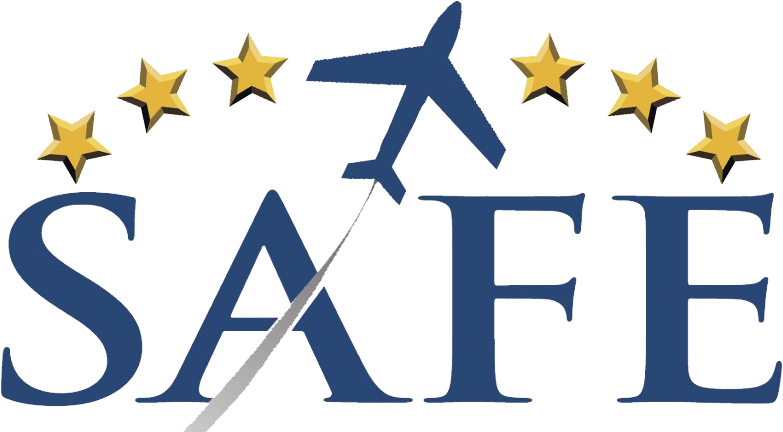 The pilot of a Cessna 310 lost his life on a missed approach while shooting an ILS in “VFR conditions.” He was current and fully briefed but the weather worsened enroute and no one reported the downpour at the airfield (or that the tower had been struck by lightning!) There is no way an FSS specialist developing a forecast in Kansas City can help you here. Your fancy internet-driven apps are blind if no one is talking. Even your nexrad is lagging by 20-30 minutes from collection to aggregation and display. This is where PIREPS, critical timely reports by actual observers, are essential to safety. All we need to do is take the time to report the conditions we see to save lives.
The pilot of a Cessna 310 lost his life on a missed approach while shooting an ILS in “VFR conditions.” He was current and fully briefed but the weather worsened enroute and no one reported the downpour at the airfield (or that the tower had been struck by lightning!) There is no way an FSS specialist developing a forecast in Kansas City can help you here. Your fancy internet-driven apps are blind if no one is talking. Even your nexrad is lagging by 20-30 minutes from collection to aggregation and display. This is where PIREPS, critical timely reports by actual observers, are essential to safety. All we need to do is take the time to report the conditions we see to save lives.
PIREPS are a tough sell for a CFI until you demonstrate their value. Our job as CFIs is building those insights in our clients and creating a safer flight environment. If the snowy clouds at your airport are at 800agl and you are wondering where the tops are, there is no reliable information (without a PIREP) You will be sitting (not flying) without that timely data. All our fancy app-driven data is useless without an observer willing to share their experience. And that is what a PIREP is; pilots talking to other pilots and advising them of the current conditions…”this is what I just saw.”

As a flight school manager, my former students (now CFIs and regional airline captains) fly Dash 8s into home base and *always* give a tops and icing report when inbound in the winter. This is a personal gift. When the 7:08 Philly flight reports “top of overcast 4100, no ice in the descent” we can safely go flying instead of sitting; PIREPS are essential.
And not surprisingly, PIREPS are an increasing focus for safety professionals; see this recent NTSB special report. Rob Mark covered PIREPS in his recent article in Flying Magazine, which reported the Cessna accident above;
The NTSB revealed during last year’s forum that, “Between March 2012 and December 2015, the NTSB investigated 16 accidents and incidents that exposed pirep-related areas of concern,” adding that, “The pirep information, if disseminated, would have increased the weather situational awareness of the incident flight crews, which could have helped them avoid the weather hazards and prevent the aircraft-damaging events.”
We all need to promote a more active sharing of timely information through the PIREP system.

If you are a CFI educating students, especially at the instrument level, get your clients in the habit of issuing and gathering PIREP information. This system is pilots directly informing their peers of unforecast situations from weather to “the runway lights inoperative” or even wind shear and turbulence on final. Be sure when issuing an advisory to mention “a PIREP” to insure it gets entered into the system and disseminated correctly. A simple “tops 4K” may be dropped if your controller is busy. Using the PIREP system also tunes up your local ATC staff to get in the habit of collecting and processing your reports. The information helps them when they are vectoring traffic and assigning visual approaches. If the radio is too busy call a briefer when you get landed. Newer applications like Aerovie (free to all SAFE members) allow you to input PIREPS directly to NWS right on the app. PIREPS are vital and a tool in a savvy pilots’ kit to assure and improve safety.
Please “follow” our SAFE blog to receive notification of new articles. Write us a comment if you see a problem or want to contribute an article. We are always seeking more input on aviation improvements and flight safety. There are many highly qualified aviation educators out there! If you are not yet a SAFE member, please Join SAFE and support our mission of generating aviation excellence in teaching and flying. Our amazing member benefits alone make this commitment worthwhile and fun. Lastly, use our FREE SAFE Toolkit App to put pilot endorsements and experience requirements right on your smart phone and facilitate CFI+DPE teamwork. Working together we make safer pilots!
